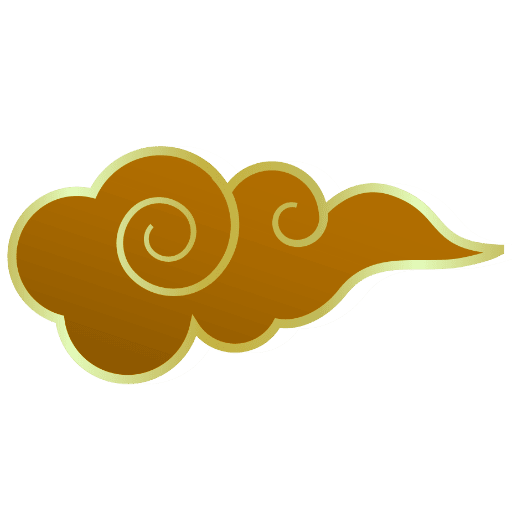Wudang Foundational Fist
When you start training in Wudang Sanfengpai, Jibenquan (基本拳) is where everything begins. The name means "Foundation Fist," and that's exactly what it is—the foundation for everything else you'll learn.
What Is Ji Ben Quan?
This form contains 28 movements that teach you the basic vocabulary of Wudang martial arts. Think of it like learning the alphabet before writing sentences. Each movement introduces something essential: a stance, a strike, a block, or a kick. By the time you finish the form, you've touched on all the core techniques you'll need later.
The form gets its name from the Chinese tradition of naming movements after the main body part doing the work. Since this form focuses heavily on fist techniques (拳法, quanfa), it's called "Fist Form"—even though you'll also practice palm strikes, elbow techniques, and kicks.
Unlike the more complex forms you'll learn later, Jibenquan keeps things straightforward. It's designed to teach beginners proper stances, basic striking mechanics, and how to coordinate your whole body. Master this, and you're ready to move deeper into the system.
The 28 Movements
- 預備式 (Yù Bèi Shì) - Ready posture
- 起式 (Qǐ Shì) - Starting movement
- 馬步沖拳 (Mǎ Bù Chōng Quán) - Horse riding stance, thrusting fist
- 左右弓步沖拳 (Zuǒ Yòu Gōng Bù Chōng Quán) - Left and right bow stance, thrusting fist
- 提膝盤肘(左) (Tí Xī Pán Zhǒu) - Raise knee, coil elbow (left)
- 歇步沖拳(右) (Xiē Bù Chōng Quán) - Resting step, thrusting fist (right)
- 轉身還原(左) (Zhuǎn Shēn Huán Yuán) - Turn and restore (left)
- 震步沖拳 (Zhèn Bù Chōng Quán) - Stamp foot, thrust fist
- 提膝盤肘(右) (Tí Xī Pán Zhǒu) - Raise knee, coil elbow (right)
- 歇步沖拳(左) (Xiē Bù Chōng Quán) - Resting step, thrusting fist (left)
- 轉身還原(右) (Zhuǎn Shēn Huán Yuán) - Turn and restore (right)
- 上步獨立冲拳(右) (Shàng Bù Dú Lì Chōng Quán) - Step forward, stand on single leg and thrust fist (right)
- 仆步架掌(左) (Pū Bù Jià Zhǎng) - Diving step, blocking palm (left)
- 彈踢拍腳 (Tán Tī Pāi Jiǎo) - Spring kick, pat foot
- 上步獨立沖拳(左) (Shàng Bù Dú Lì Chōng Quán) - Step forward, stand on single leg and thrust fist (left)
- 仆步架掌(右) (Pū Bù Jià Zhǎng) - Diving step, blocking palm (right)
- 虛步亮掌 (Xū Bù Liàng Zhǎng) - Empty step, presenting palm
- 上步二起腳 (Shàng Bù Èr Qǐ Jiǎo) - Step forward, double raising kick
- 騎馬沖肋拳(左) (Qí Mǎ Chōng Lē Quán) - Horse riding stance, thrusting-ribs punch (left)
- 轉身弓步沖拳 (Zhuǎn Shēn Gōng Bù Chōng Quán) - Turnaround, bow stance thrusting fist
- 拍腳弓步沖拳 (Pāi Jiǎo Gōng Bù Chōng Quán) - Pat foot, bow stance thrusting fist
- 上步跺子腳 (Shàng Bù Duò Zi Jiǎo) - Step forward, stomping foot
- 騎馬沖肋拳(右) (Qí Mǎ Chōng Lē Quán) - Horse riding stance, thrusting-ribs punch (right)
- 玄功腿 (Xuán Gōng Tuǐ) - Xuan-power leg (also called 旋風腿, hurricane leg)
- 托手沖拳 (Tuō Shǒu Chōng Quán) - Lifting palm, thrusting fist
- 轉身弓步沖拳 (Zhuǎn Shēn Gōng Bù Chōng Quán) - Turnaround, bow stance thrusting fist
- 踩腿騎馬沖肋肘 (Cǎi Tuǐ Qí Mǎ Chōng Lē Zhǒu) - Treading leg, horse riding stance, thrusting-ribs elbow
- 收勢 (Shōu shì) - Finishing move
The Five Basic Stances
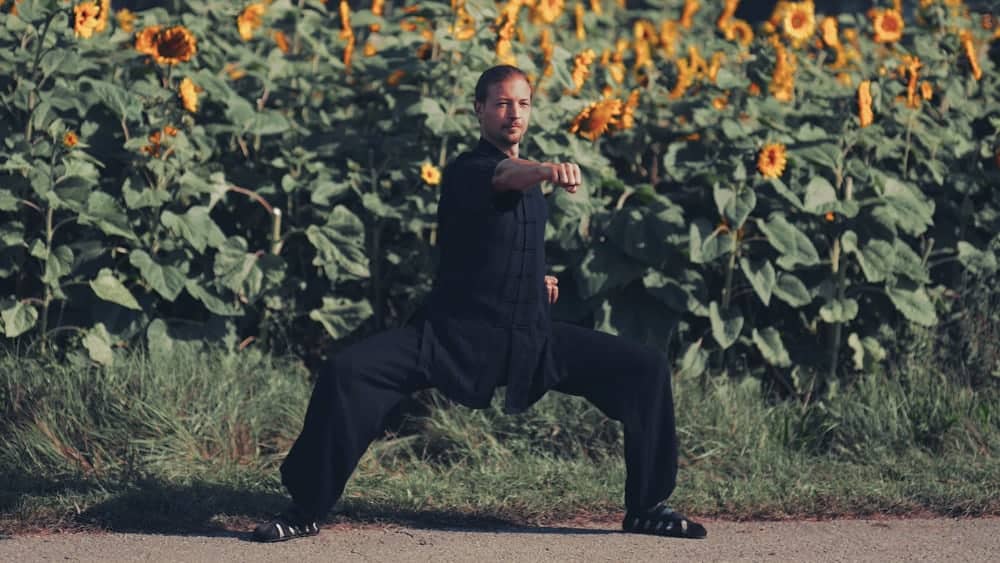
Ma Bu (馬步) - Horse Riding Stance
Wide and stable, like sitting on a horse. Your feet are parallel, wider than shoulder width, with knees bent at about 90 degrees. This builds leg strength and gives you a solid foundation for generating power.
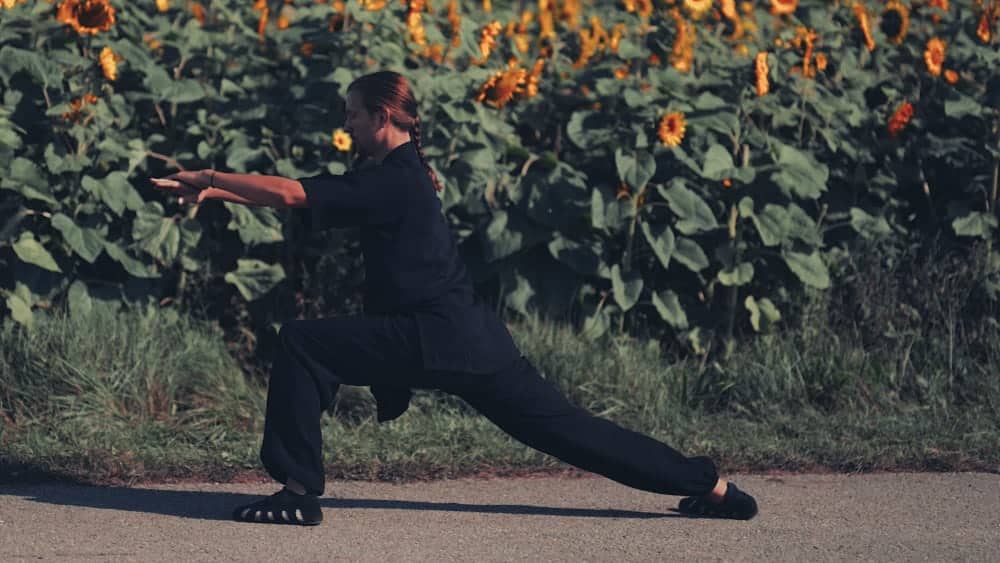
Gong Bu (弓步) - Bow Stance
Similar to a lunge. One leg forward, one back, with your weight distributed to create forward momentum. Great for transferring power into strikes. Your front knee bends while the back leg stays relatively straight.
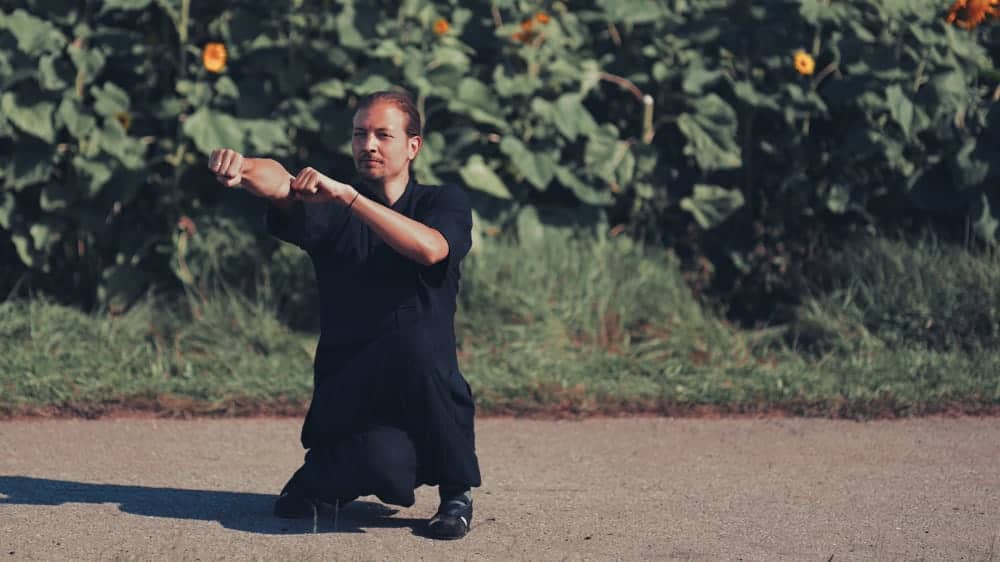
Xie Bu (歇步) - Resting Stance
A transitional stance that lets you change direction quickly. Don't let the name fool you—there's nothing restful about it in practice. It's low and requires flexibility.
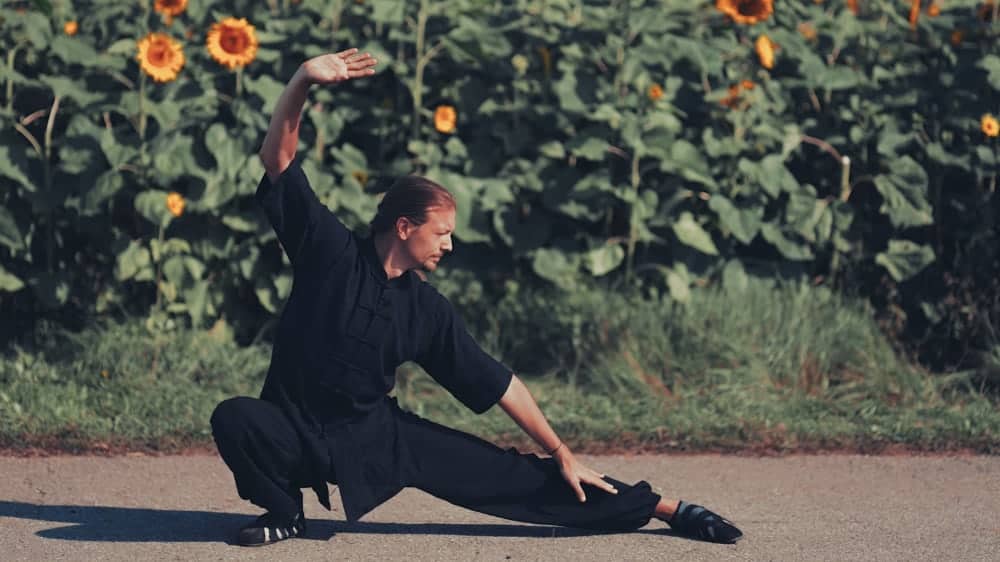
Pu Bu (仆步) - Flat Stance
A low stance that stretches your legs and teaches you to attack or evade close to the ground. One leg extends to the side while you squat on the other.
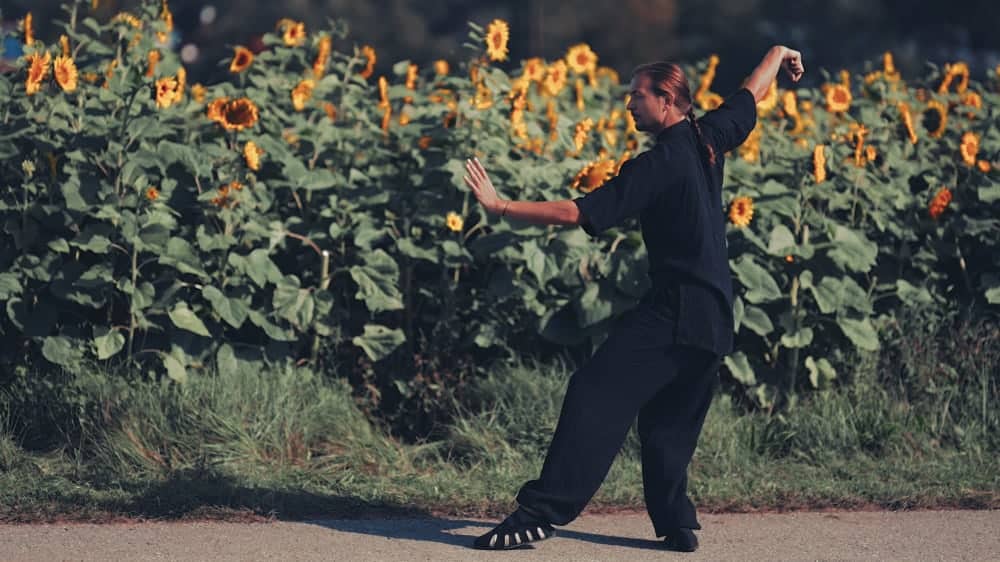
Xu Bu (虛步) - Empty Stance
Most of your weight sits on the back leg, leaving the front leg "empty" and ready to kick or step forward fast. The front foot touches the ground lightly, often just with the toes or ball of the foot.
The Three Pillars of Wudang Gongfu:
Bufa (步法) - The Stance/Foundation
Bufa means footwork - it refers to stances and stepping patterns. This is your physical foundation, literally how you stand and move on the ground.
步 (bù) = step, pace, walk (The physical act of placing your feet)
法 (fǎ) = method, law, way, principle (The way things should be done according to natural law)
What it means:
- Your root - how you connect to the earth
- Stability in positions like horse stance (mabu) and bow stance (gongbu)
- The ability to shift weight and change direction while staying balanced
- In traditional kung fu, stances are the foundation for all further training.
Think of it as building the "legs" of a table. Without solid legs, everything above collapses. In Wudang, you develop strong, flexible legs that can hold you steady while staying relaxed.
Shenfa (身法) - The Internal Body Method
What it means:
- Your whole body moves as one connected unit
- The torso and abdomen drive the movements, not just the limbs
- Internal coordination - when one part moves, everything else responds together
- The "living body" moving spontaneously, freed from conscious control, expressing natural Taoist principles
Jiezou (节奏) - The Rhythm
奏 (zòu) = to play music, to present, to achieve
What it means:
- When to be fast, when to be slow
- The natural pulse and breathing that guides your practice
- Coordinating movement with breath and intention
- Understanding the relationship between stillness and motion, tension and relaxation.
Think of music - even if you know the notes (techniques) and can play them (body method), you need rhythm to make it beautiful and effective. In combat, rhythm is about timing - knowing the right moment to act.
How They Work Together
Together, they transform separate movements into flowing, powerful gongfu. You build from the ground up (Bufa), connect it all internally (Shenfa), and express it with natural timing (Jiezou).
Kung Fu Style Chinese Counting
- No mental math - You're not calculating "what's 20 + 7?" while exhausted from exercise
- Faster rhythm - Shorter words keep the pace energetic (èr, sān, sì vs "twenty-two, twenty-three, twenty-four")
- Focus on the set - You only care about completing 10 reps, not tracking your total
- Natural reset - Each set of 10 feels fresh, psychologically easier than "I still have 30 more to go..."
- Universal in class - Everyone counts together in rhythm, creating group energy
The Four Tones and Tone Marks:
Example: má (hemp)
Example: mǎ (horse)
Example: mà (to scold)
| 1 | 一 | yī |
| 2 | 二 | èr |
| 3 | 三 | sān |
| 4 | 四 | sì |
| 5 | 五 | wǔ |
| 6 | 六 | liù |
| 7 | 七 | qī |
| 8 | 八 | bā |
| 9 | 九 | jiǔ |
| 10 | 十 | shí |
The Kung Fu Counting Pattern
Real-Life Example:
- You're doing sets of 10 repetitions
- At the START of each new set, you shout which round you're on: "Round 2!" or "Round 3!"
- After announcing the round, you count your reps normally: X (repetition count), 2, 3, 4, 5, 6, 7, 8, 9, 10
- Shí (十) is your finish line - when you hit 10, that set is complete!
As the introductory form of Wudang Sanfengpai, Ji Ben Quan serves several purposes:
- Technical Foundation - It establishes the core techniques upon which more advanced methods are built. Everything else you learn will reference back to these basics.
- Physical Conditioning - The stances and movements develop the specific strength and flexibility needed for more advanced training. Your body needs to be prepared.
- Conceptual Introduction - It begins the process of internalizing the philosophical principles that characterize Wudang martial arts. You're not just learning movements—you're learning a way of thinking.
- Assessment Tool - Teachers can evaluate a student's aptitude and readiness for more advanced training by watching how they perform this form. It reveals your understanding and physical capability.
How to Train This Form
Build Skills Gradually
The form is structured to build skills step by step. You start with stable stances and basic strikes before moving to more complex movements like kicks and combinations. Don't rush ahead—the sequencing is there for a reason.
Practice Both Sides
Every technique appears on both left and right sides. This prevents muscular imbalances and prepares you for real situations where you might need to use either side. If you only train one side, you're only half-prepared.
Attack and Defense Together
Throughout the form, offensive techniques and defensive movements are woven together. This teaches an essential concept: attack and defense aren't separate things. They're two sides of the same coin, complementary aspects of a unified whole. This idea comes straight from Daoist philosophy.
No Hard Feelings
But I want you to know:
What that €18.99 actually does, because it's not just about watching videos.
Here's what your support actually funds:
- Over 1,200 video tutorials that I'm constantly adding to
- Live online classes where you can actually ask questions and get real-time corrections
- Weekly blog posts breaking down complex Daoist principles into understandable concepts
- Archiving work – documenting authentic methods before they get lost or commercialized beyond recognition
- Translation projects – making ancient principles accessible in modern language
- The technical infrastructure to deliver all this globally
Every month, that membership keeps the lights on for something that barely exists anywhere else
